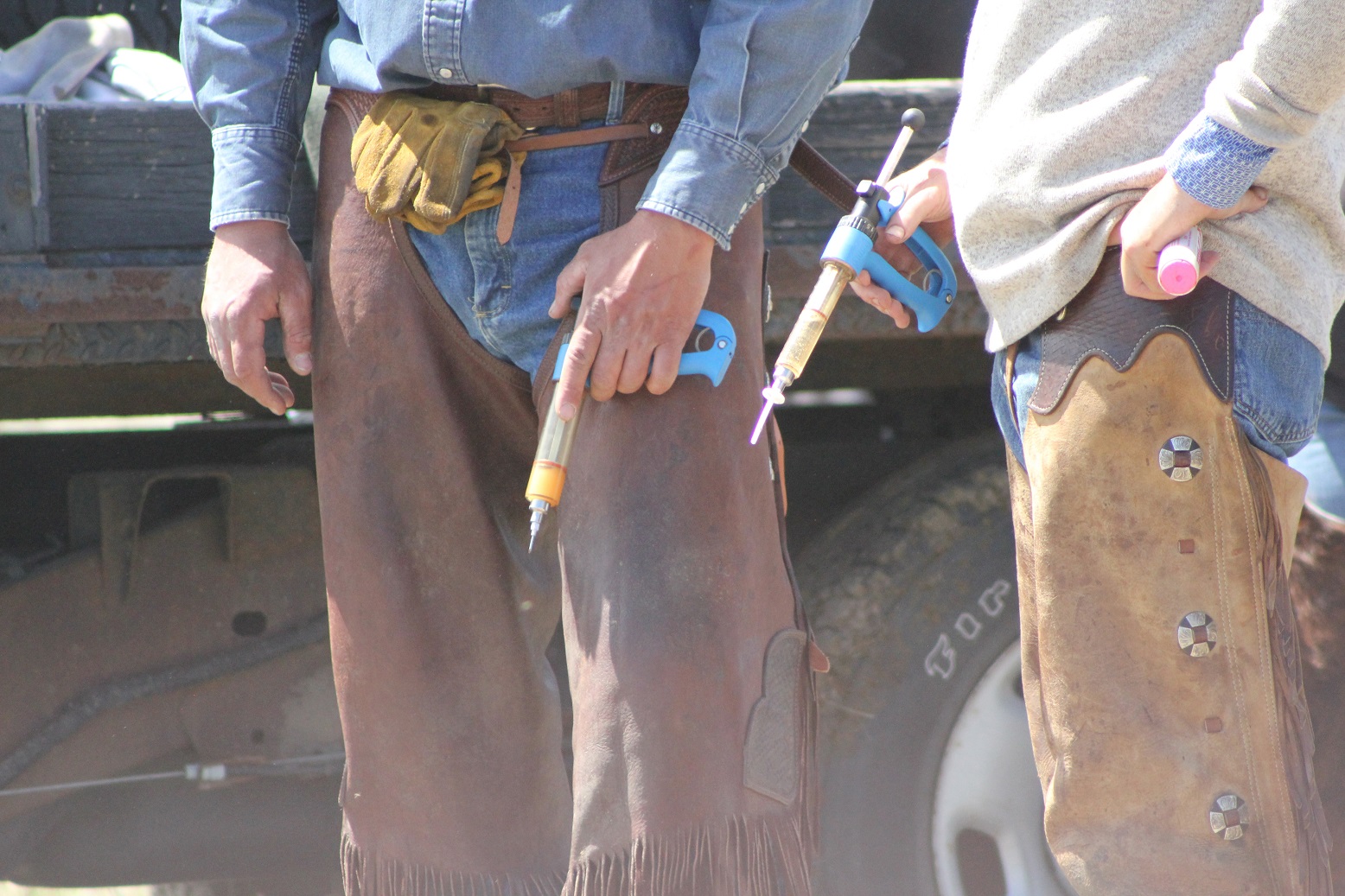Jesse Fulton, Extension Educator, Director of Nebraska Beef Quality Assurance

In a previous article, I left you with a quick overview of the history of the Beef Quality Assurance (BQA) program and the importance of the program today. In this article, I want to continue the discussion on BQA and discuss what exactly the BQA program has done to benefit the industry, and why it is important for producers to implement its guidelines on their operations.
So, what exactly has the Beef Checkoff funded BQA program accomplished for the industry? To answer this question, we need to look at data from past National Beef Quality Audits (NBQA), past injection site frequency research, and past consumer market research.
The BQA program has made great strides in the reduction of violative residues and injection site lesions observed at beef packing plants. This is due to educating producers on proper record-keeping practices to prevent the marketing of animals that have not yet cleared withdrawal periods, and the proper recommended administration of injections when treating cattle. Research investigating the frequency of injection site lesions in beef packing plants showed a 22.3% incidence rate for fed cattle carcasses in 1991. The most recent study in 2000 showed the incidence rate had dropped to less than 3% for fed cattle. However, there is still more work to do in the market cow and bull sector. In a 2016 research project investigating the frequency of injection site lesions in muscles from rounds of dairy and beef cow and bull carcasses, researchers observed a 15% (dairy) and 7% (beef) presence of injection site lesions.
The beef industry has also experienced a decline in the presence of critical and extreme carcass bruising. Critical carcass bruises require between 10 lbs – up to the weight of the entire wholesale primal of trim to be removed, and an extreme carcass bruise requires the entire wholesale primal to be discarded. In the early 1990’s, entire beef carcasses were being condemned and rendered due to the amount of bruising present on the carcass. In the most recent 2016 NBQA, the presence of critical and extreme bruising was below 2% and 1%, respectively. This decline of critical and extreme carcass bruising in the beef industry can be attributed to the BQA program focusing education content on low stress cattle handling and proper stockmanship principles.
These are just two examples of how the BQA program has worked to resolve issues that have and continue to have a financial impact on the beef industry. It is estimated that in 2016 carcass bruising cost the fed cattle industry over $62 million and $2.42 million due to injection site lesions. Through the implementation of BQA guidelines and good stockmanship principles on their operations, cattle producers are doing their part to reduce these previously mentioned negative financial impacts on the industry. It also demonstrates their commitment to providing a safe, high quality, wholesome product to beef consumers, which leads me to my next point on how BQA can be used to protect and increase consumer confidence when purchasing beef.
In order to meet and exceed consumer expectations, we must have two things: product integrity and a high-quality product that meets the eating satisfaction of the consumer. Past Beef Checkoff funded consumer market research has shown that 68% of consumers make purchasing decisions based on animal welfare practices and only 24% of consumers claim to be knowledgeable on how cattle are raised for food. Other market research has shown that 61% of consumers mentioned a concern when it comes to food animal production practices and that animal welfare is the number one concern. In one survey prior to being exposed to the BQA program, consumers were asked what their perception of how cattle were raised for food was. Five percent of consumers responded strongly negative, while 20% felt strongly positive. However, after these same consumers were exposed to the BQA program, the percentage who felt strongly negative dropped to 2% and the strongly positive group increased to 30%. This consumer research is just a testament of how the BQA program has an impact on the beef purchasing consumer. Therefore, producers who implement BQA on their operation, can use the program to help tell the story of how cattle are cared for and handled on their operations.
In conclusion, a cow-calf producer from the 2016 NBQA Strategy Workshop said it best, “It doesn’t matter how superior of a product we are producing, if the consumers don’t purchase it.” This requires the beef industry to ensure and protect consumer confidence in beef and beef products, and it all starts with how the animals that are used to produce those products are raised and cared for throughout the entire lifecycle. Today over 80% of the beef industry is managed under BQA guidelines.
The BQA program is offered through in-person and online training. To become BQA certified in-person, contact your veterinarian, a Nebraska Beef Extension Educator in your area, or find an in-person BQA training happening near you by visiting bqa.unl.edu/. If you can’t make an in-person training, or you are on a time crunch and need to be certified immediately, then maybe the online BQA modules are a better option for you. These online training modules take approximately 2 hours to complete and are located at www.BQA.org. The online training modules are offered for free 24/7. At the completion of the modules and exam, you are awarded a BQA certificate immediately directly to your email.
Interviews with the authors of BeefWatch newsletter articles become available throughout the month of publication and are accessible at https://go.unl.edu/podcast.
